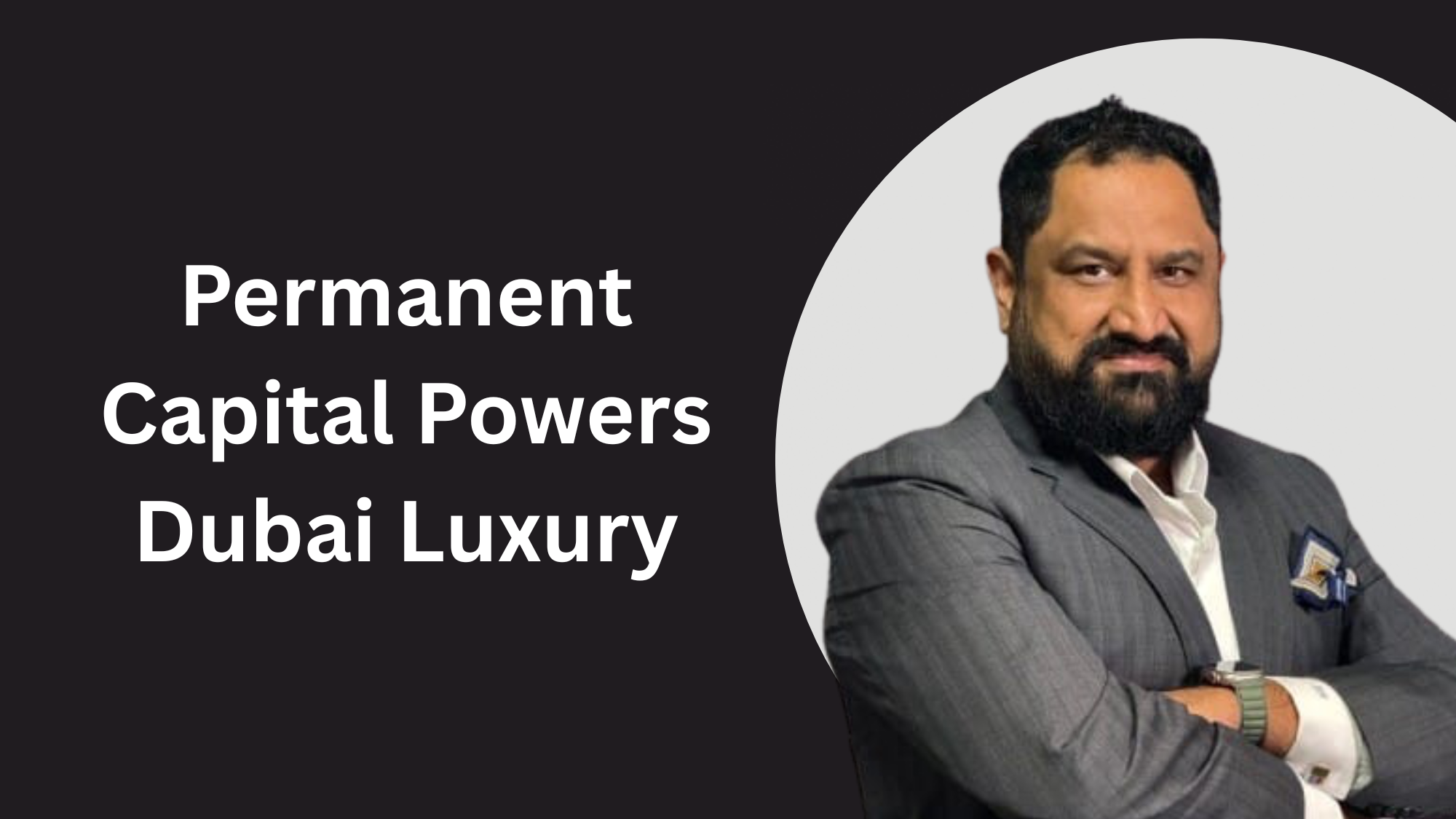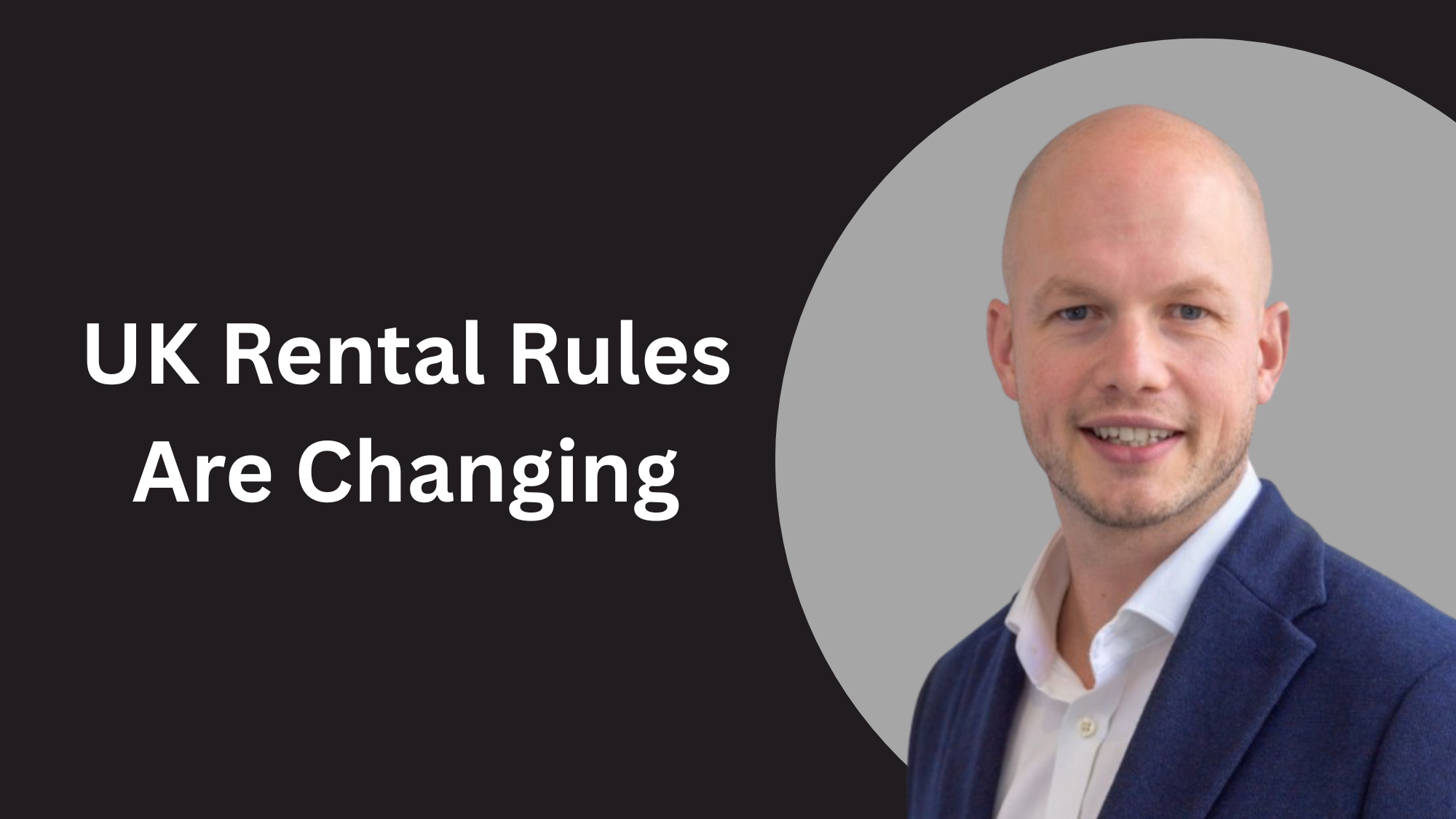You don’t need to be wealthy to build a real estate portfolio. You just need a strategy, patience, and the right moves — especially in a market like this. While interest rates might be higher than you’d like, smart investors know that market conditions don’t stop opportunities — they shift them.
In this Playbook guide, we’ll walk you through the exact mindset, strategy, and steps to build your real estate portfolio from the ground up — with an eye toward scaling it, protecting it, and profiting from it long term.
1. Think Like a Portfolio Builder — Not Just a Buyer
Most people start by asking, “What’s the best property to buy?” But the better question is: “What kind of portfolio do I want to build?”
Are you building for cashflow, appreciation, retirement income, or a career in property? Clarity here shapes everything else — from property type and financing, to geography and exit strategies.
Start with a clear vision:
- Do you want 3 cashflowing units in 3 years?
- Are you aiming to replace your income in 5 years?
- Do you want to own a £1M portfolio by 2030?
Knowing your target lets you reverse engineer your path — instead of jumping into random deals.
2. Understand the Current Market (and Use It to Your Advantage)
Yes, interest rates are higher. But so is buyer hesitation. And when competition drops, negotiation power increases. Sellers are more flexible. Deals get sweeter. You just have to know where to look.
- Consider secondary markets or undervalued urban areas
- Explore distressed properties or developer discounts
- Work with motivated sellers who value speed over price
Remember: when rates eventually drop again, the value of the assets you locked in today will likely rise.

3. Master the Basics of Financing (and Play the Leverage Game)
You don’t need all the capital upfront — you need to know how to structure a smart deal.
- Learn the difference between repayment vs. interest-only loans
- Understand LTV (Loan to Value) and how it affects cashflow
- Explore joint ventures, investor partnerships, or family capital
Pro tip: Look for lenders who offer flexibility, refinancing options, or step-down rates.
4. Define Your First Investment Criteria
Your first property shouldn’t just be “a good deal.” It should be a smart move based on your portfolio goals. Define your criteria before you start viewing anything:
- Rental yield target (e.g. 6–8%)
- Location: high-demand vs. high-growth
- Type: single lets, HMOs, flats, etc.
- Price ceiling based on your funding
This helps you filter fast and stay focused — so you’re not overwhelmed or tempted by “shiny object” deals.

5. Build the Right Team Early
Even if you’re buying one property, act like a portfolio builder from day one. You’ll need:
- A savvy mortgage broker
- A trustworthy solicitor
- An agent or deal sourcer
- An accountant who understands property
These relationships will compound in value as you scale.
6. Think About Scale From the Start
It’s tempting to just “get your foot on the ladder.” But it’s smarter to think about property number two before you even close on number one.
Ask:
- Can I refinance this later to pull equity?
- Can I add value through renovation?
- Does this location support multiple investments?
A scalable first deal opens doors. A short-sighted one can box you in.
Start Small. Think Big. Move Smart.
You don’t need to wait for the perfect market. You just need a clear plan, solid numbers, and a mindset focused on long-term moves. With the right playbook, you can build a portfolio that performs through any cycle.
Ready to take the next step? Explore more strategy frameworks inside The Playbook — or check out our free downloads to start running your own deal analysis today.





























Discussion